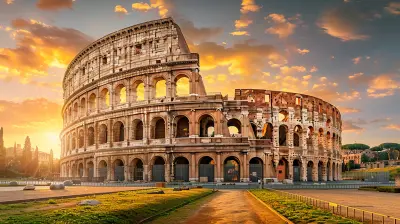1 April 2025
The desert often feels like an endless stretch of sand dunes and silence, but buried within these vast expanses of golden grains lie forgotten cities—silent witnesses to ancient stories, cultures, and civilizations. These are the Oasis Cities of the Desert, where history and culture thrive against all odds. These cities may not be on every tourist map, but they are treasures worth exploring.
Would you ever imagine an oasis in the middle of a scorching desert? A place where life not only exists but flourishes with human ingenuity? Let’s embark on a journey through time and sand to rediscover these forgotten cities.
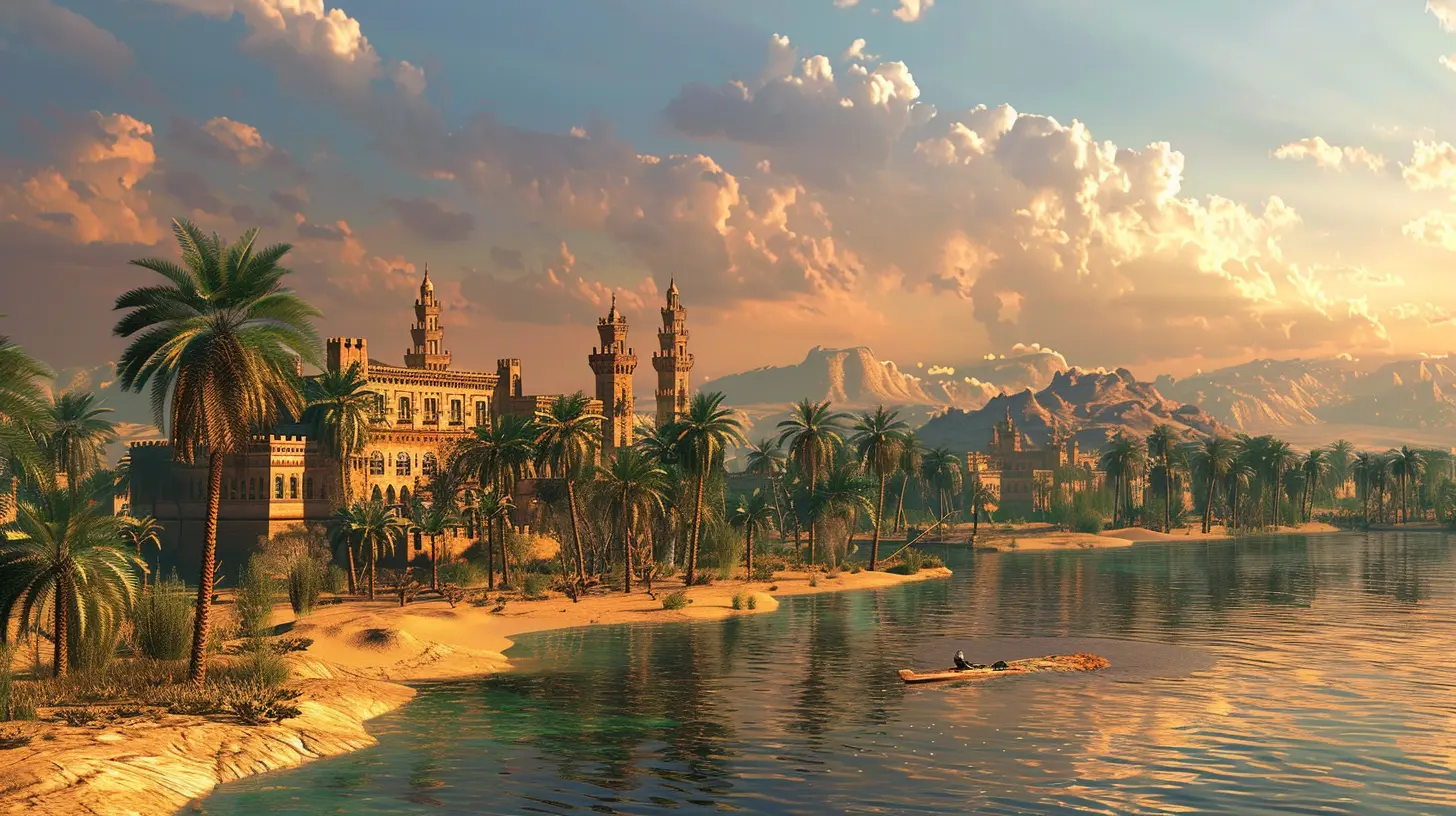
1. The Magic of Desert Oasis Cities
Deserts sound like the last place you’d want to find thriving civilizations, right? Wrong! Deserts have always been more than just barren, inhospitable terrains. In fact, many of the world’s most incredible civilizations built their homes in these arid landscapes, mastering the desert and creating oases of life and culture. These cities served as essential nodes for trade, culture exchange, and diplomacy.Oasis Cities: Not Just Water But Culture
An oasis, at its core, is about survival. The fresh-water springs provide the lifeblood for both nomadic travelers and city-dwellers. But oases are more than just a respite from dehydration. They are cultural crossroads where traders, merchants, scholars, and explorers would converge.Think of these spots not just as geographical miracles but cultural melting pots where ideas were exchanged as freely as goods. What better backdrop for culture than a place where life itself feels like a miracle?
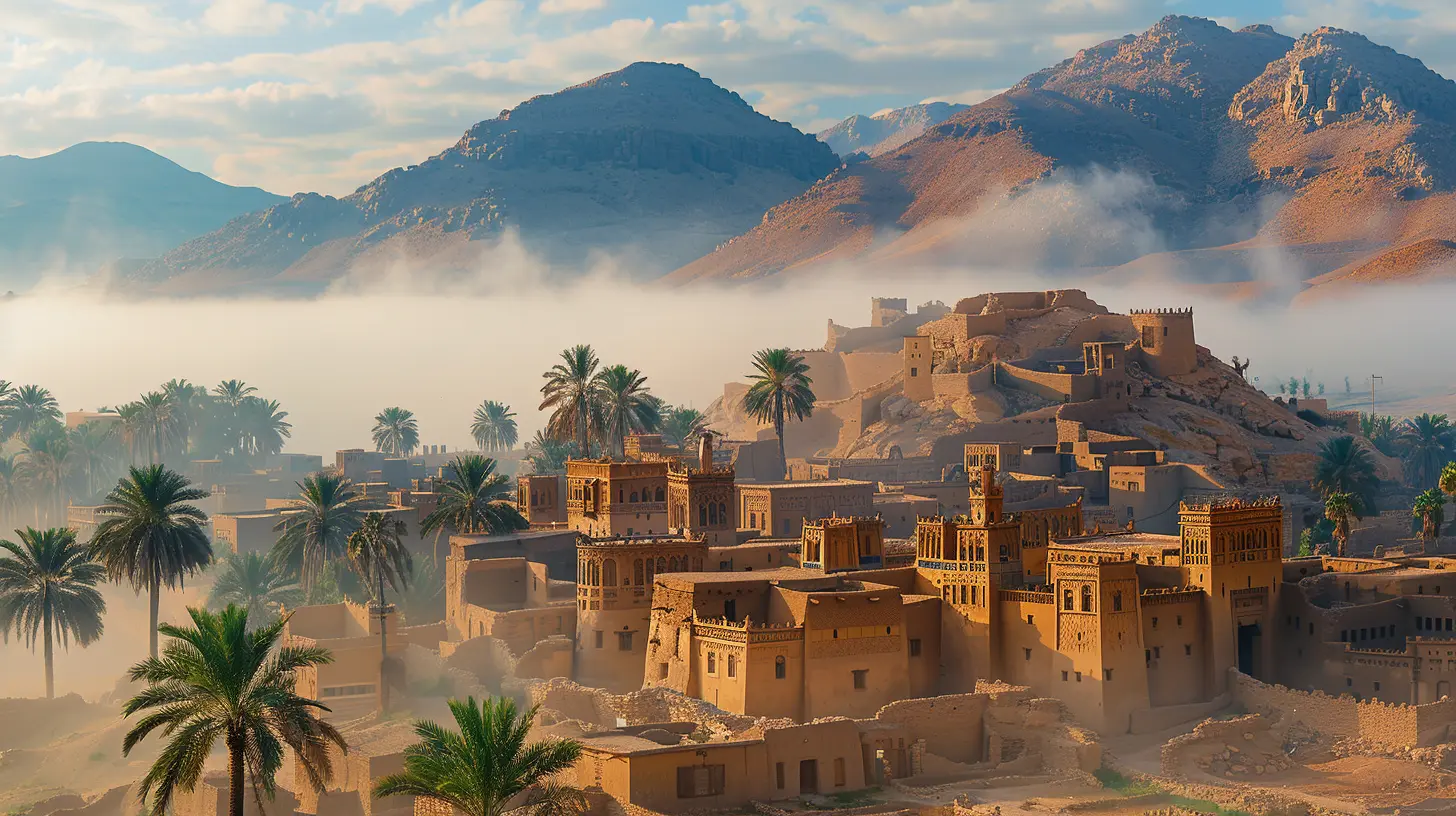
2. The Enigma of Ubar: The Atlantis of the Sands
Let's start with one of the most famous tales: Ubar, often referred to as the "Atlantis of the Sands." This lost city, said to have existed in modern-day Oman, has captured the imagination of explorers for centuries.Legend or Reality?
Once a bustling trade hub, Ubar was known for its wealth, mainly due to the lucrative trade in frankincense. However, Ubar’s fate took a turn for the worse. According to legend, the city became so prosperous and arrogant that the gods punished it, causing it to sink beneath the sand, just like Atlantis.For centuries, it was considered nothing more than a myth—until satellite imagery and archaeological discoveries in the late 20th century revealed traces of what could be the fabled city. What caused its downfall? A sinkhole that swallowed much of the city, proving that sometimes truth is stranger than fiction.
Why Visit?
If you're a history buff or an explorer at heart, visiting the remnants of Ubar in Oman is like stepping directly into the pages of a storybook. The site is surrounded by desert dunes, adding to its mystique. Walking through its remains, you can't help but feel the weight of history beneath your feet.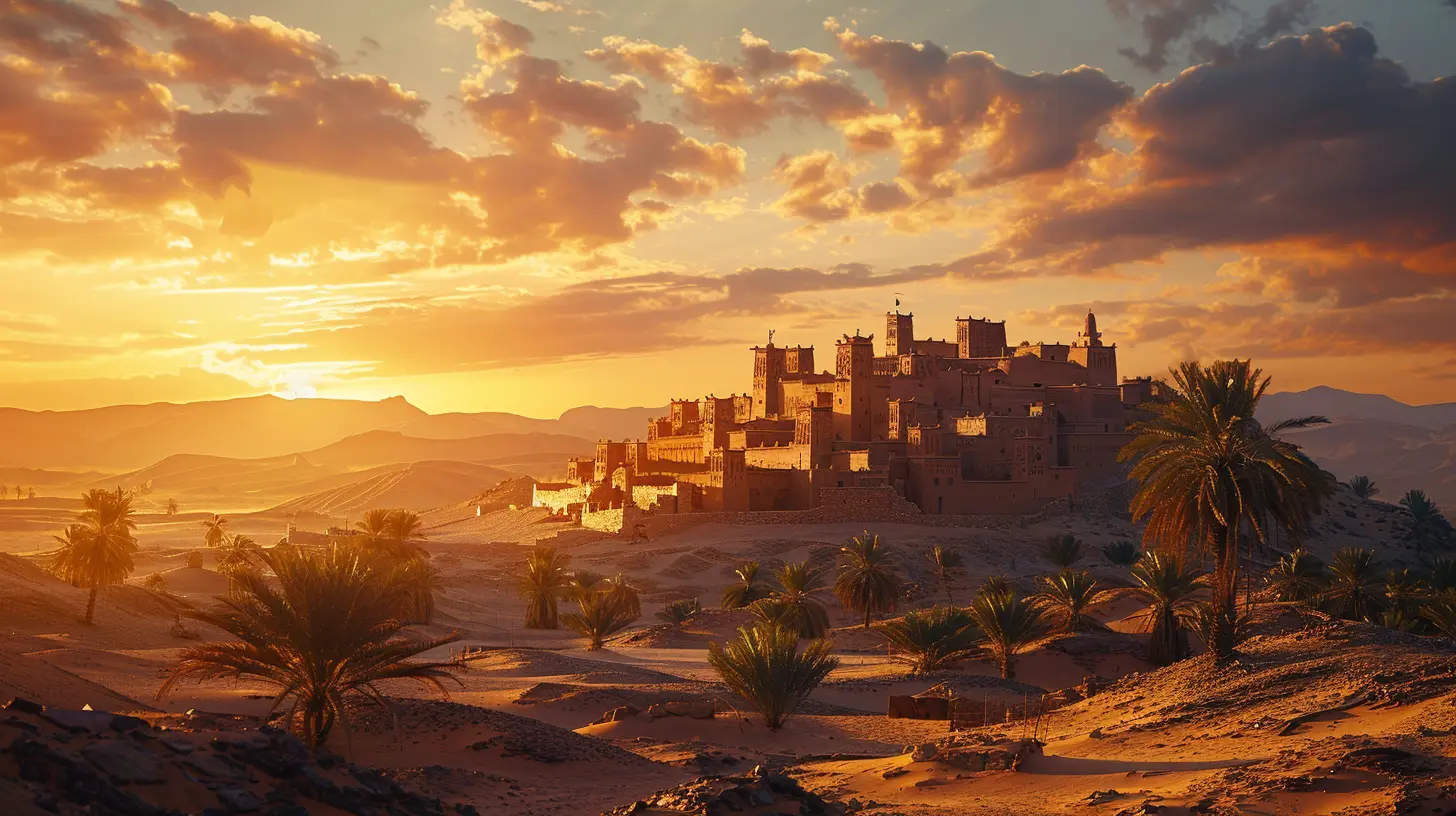
3. Siwa Oasis: Egypt’s Hidden Gem
When most people think of Egypt, they picture the pyramids and the Nile. But venture out west, and you'll find Siwa Oasis, a place that feels like it's been hidden from time itself.A Center of Ancient Wisdom
Siwa is not only charming because of its lush palm groves and crystal-clear springs but also for its deep-rooted history. In ancient times, it was home to the Oracle of Amun, visited by none other than Alexander the Great. Historically, Siwa was a significant spiritual and trade center.What sets Siwa apart from other oases is the unique culture of its Berber inhabitants, who have preserved their traditions for centuries, somewhat shielded from the outside world’s influences.
Why Visit?
Siwa is more than just an oasis; it’s a cultural and architectural marvel. With ancient mud-brick fortresses like the Shali Fortress and the Temple of the Oracle, Siwa offers a glimpse into Egypt's past. And if you're looking for relaxation, the natural springs offer respite from the heat, while the Great Sand Sea invites adventure-seekers to explore its towering dunes.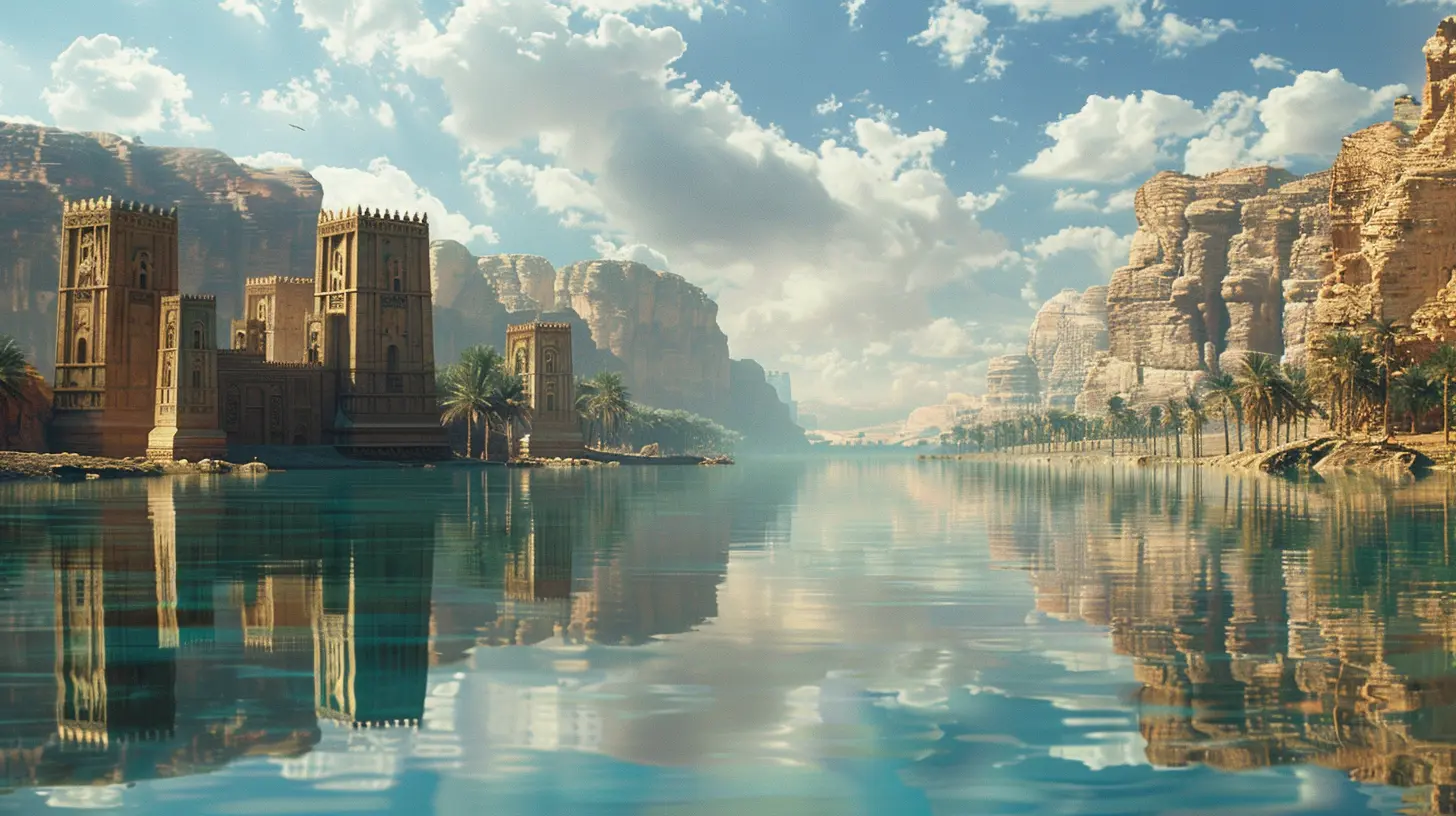
4. Timbuktu: The Mythical City on the Edge of the Sahara
Timbuktu—just saying the name evokes a sense of mystery, doesn’t it? Located at the cusp of the Sahara Desert in Mali, Timbuktu was once one of the most important learning and trading centers in Africa.A Global Academic Hub
During the 14th and 15th centuries, Timbuktu was the intellectual and spiritual center of the Islamic world, housing thousands of manuscripts, scholars, and students. The city’s mosques and libraries were filled with treatises on philosophy, astronomy, mathematics, and medicine.For travelers, Timbuktu was the end of a grueling desert journey, but it was also a beacon of knowledge and wealth. It was one of the richest cities primarily due to its role in the trans-Saharan trade, dealing in gold, salt, ivory, and slaves.
Why Visit?
Even though Timbuktu has suffered from modern instability, its historical significance remains intact. The ancient manuscripts, mosques, and cultural heritage have been preserved, offering history lovers a chance to step back in time. Don’t forget to visit the Djinguereber Mosque, an architectural masterpiece made entirely from mud!5. Petra: The Rose-City Carved in Stone
You’ve probably seen Petra in countless travel brochures, Indiana Jones movies, and Instagram feeds, but no photo can capture the magic of actually stepping foot in this UNESCO World Heritage Site.A City Hidden in Rock
Located in Jordan, Petra was once the capital of the Nabataean kingdom in ancient times. The city was carved directly into red sandstone cliffs, giving its structures an otherworldly, rose-colored glow. It was a crucial hub for trade routes leading to Egypt, Arabia, and the Mediterranean.Petra, with its intricate carvings, temples, and tombs, feels more like an ancient city frozen in time. Its most famous structure, the Treasury (Al-Khazneh), is just one of the numerous architectural marvels hidden deep within the desert landscape.
Why Visit?
As you step through the narrow canyon leading to Petra, you’ll experience one of the most awe-inspiring walks of your life. As the Treasury suddenly comes into view, you'll understand why it's considered an architectural wonder. Don't miss out on exploring the Monastery and the Royal Tombs, all equally impressive.6. Chinguetti: The Wind-Swept City of Mauritania
Chinguetti is like something out of a dream—sandstone buildings with wooden beam ceilings lining narrow, sandy streets in the middle of nowhere. Located in Mauritania, this once-thriving city was one of the primary centers for Islamic learning and pilgrimage.The Spiritual Significance
Founded in the 13th century, Chinguetti was a main stop for pilgrims traveling to Mecca. More than that, it became an important scholarly center where scholars wrote and copied manuscripts that are still preserved in private libraries today.The sands of the Sahara are slowly swallowing the city, but Chinguetti remains as a living testament to the resilience of those who lived on the edge of the world—physically and spiritually.
Why Visit?
Today, Chinguetti offers an authentic glimpse into desert life. Time seems to move slower here, and the Sahara stretches out infinitely around the city. Visit the ancient mosques and libraries to experience an undisturbed sanctuary of culture and history in the middle of one of the world's most unforgiving deserts.7. Palmyra: The Bride of the Desert
Once a key stop for camel caravans traveling along the Silk Road, Palmyra, in modern-day Syria, is a city steeped in rich history. Known as the "Bride of the Desert," Palmyra became a bustling metropolis due to its strategic location between the Roman Empire and Persia.A City that Battled Empires
Palmyra was not just a hub for merchants; it was the seat of Queen Zenobia, who famously defied the Roman Empire. The city's ruins, featuring towering columns and sprawling temples, are a lasting reminder of its glorious past.Tragically, Palmyra has faced significant damage in recent years due to conflict, but efforts are underway to restore it and preserve this vital piece of world history.
Why Visit?
Palmyra may be in ruins, but its grandeur remains palpable. The Temple of Bel, the Roman Theater, and the Great Colonnade offer hauntingly beautiful reminders of the city's past as a cultural and economic powerhouse. This city is perfect for those who want to connect with civilizations that reshaped the ancient world.Final Thoughts: The Desert Is More Alive Than You Think
Deserts might seem lifeless and barren, but beneath the surface, they hold stories of human survival, ingenuity, and culture. These forgotten cities of the desert are more than just ruins—they are oases of history and culture, inviting a new generation of adventurers to uncover their secrets. Each of these cities tells a story of how people managed not just to survive, but to thrive in some of the world's most unforgiving environments.So, are you ready to explore these desert oases? It's time to wander beyond the ordinary and rediscover cities that history forgot but culture remembered.

